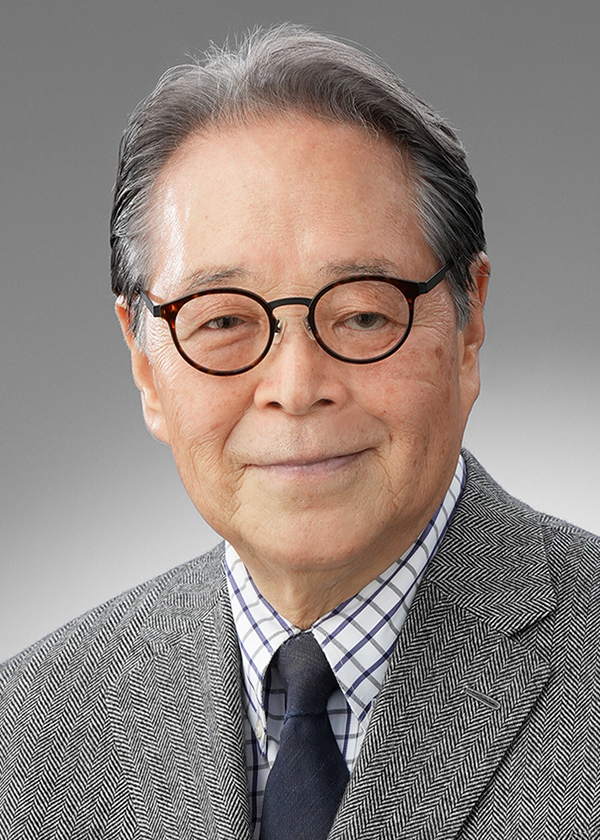Hello. I am Kazumi Ikeda, the director of Hillside View Orthodontic Office. I graduated from Rikkyo University's Faculty of Economics and then re-enrolled in dental school. Immediately after graduating from Rikkyo University, I started living in Hawaii and enrolled in Leeward College, one of the community colleges newly established at the University of Hawaii. At that time, the tuition fee was $25 for one semester, which was very cheap for Japanese people. After about a year, I was finally able to get a part-time job and was relieved, but then I suffered a serious injury to my face while surfing and had no choice but to return to Japan. At that time, my aunt, who married a dentist, recommended that I become a dentist, telling me, "Dentist is great" so I started studying for the entrance exam that summer and enrolled in dental school. At that time, a friend in Hawaii asked me, "Why don't you try orthodontics?" and I wondered, "What is orthodontics?" That was my first encounter with orthodontics. Since my first year (at the time, dental schools had liberal arts courses for the first and second years and specialized courses for the third to sixth years), I have been reading a specialized orthodontic magazine called AJO, and decided that I wanted to study at graduate school in the home of orthodontics, so I enrolled in the Department of Orthodontics at the University of Pennsylvania.
When I flew out of New York after graduating from graduate school, I felt great looking at the skyscrapers below. However, when I returned to Japan, I felt the difference from the United States more than I expected. In the US, “well-aligned teeth are essential.'' It is said that J.F. Kennedy underwent orthodontic treatment in order to become a politician in the future. Parents in the US believe that it is their responsibility to ensure well-aligned teeth of their children, and when their children reach the age of 8 to 10, they ask their orthodontist whether orthodontic treatment is necessary. My daughter graduated from UCSF Orthodontics and now practices near San Francisco, where she treats about 70 people a day.
Now, my wife is also a dentist and helps me, and I am blessed with staffs who are aiming in the same direction as me, so I have no complaints about clinical practice, but why is it that Japan remains the same when young people are starting orthodontic treatment in other Asian countries? What is the reason for this difference? I always feel depressed when the Olympics are approaching.
The most important event in my career was meeting Dr. Roth and taking his two-year course every four months in San Francisco, where I learned the importance of the relationship between the TMJ and the alignment of the teeth. I learned a lot in graduate school, but I incorporated this close relationship between the alignment of the teeth in the mouth and the temporomandibular joint (TMJ) into my clinical practice, which took my clinical practice to a different dimension and continues to this day. The injury in Hawaii was a major turning point in my life.

Diplomate, American Board of Orthodontics
Clinical instructor, Japanese Orthodontic Society
Director Kazumi Ikeda D.D.S.
